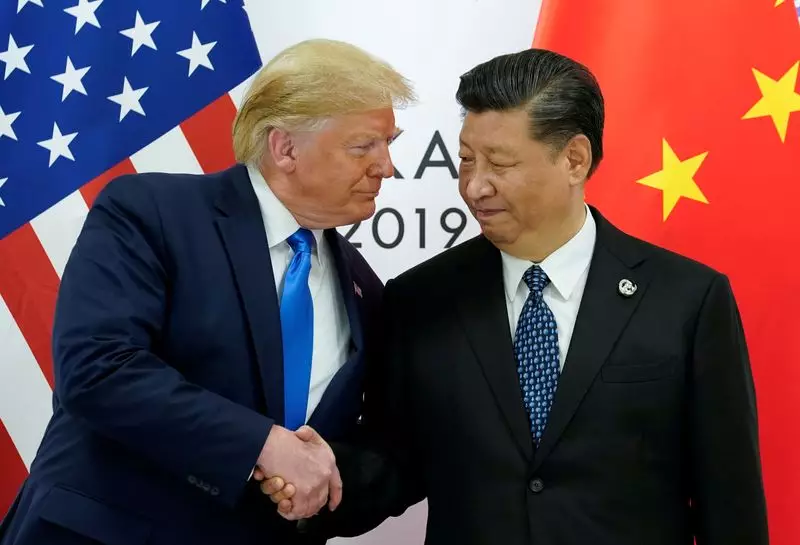With the recent election of Donald Trump as the 47th President of the United States, global diplomacy braces itself for a significant shift, particularly concerning China-U.S. relations. President Xi Jinping marked this change by extending his congratulations and expressing a desire for both nations to discover a harmonious path forward. Xi articulated the necessity for stable and sustainable connections between the two largest economies in the world, highlighting that such a stance benefits not only China and the U.S. but also serves the broader international community. Amid a backdrop of impending tariffs, which echo the strains of the past trade wars, Xi’s statements signal an understanding of the precarious nature of their relationship.
Importance lies in Xi’s aspirations for mutual respect and peaceful coexistence. However, the reality of their interactions has often been marred by disputes, with recent tensions arising over trade agreements, security policies, Taiwan, and territorial claims in the South China Sea. A marked low point came before the November 2023 meetings between Xi and President Joe Biden, which were seen as a critical juncture for improving ties. This illustrates a complicated dance of diplomacy, where positive engagements can result in meaningful discussions, yet the prospects remain fragile.
As Trump prepares to re-enter the White House, the specter of tariff-induced trade conflict looms large. His historical approach, characterized by aggressive trade strategies, saw the initiation of a trade war in 2018, resulting in long-lasting repercussions for both nations. Although a truce was negotiated just before the global pandemic exposed vulnerabilities in economies worldwide, the newly elected president’s commitment to stringent tariffs could reignite previous disputes. Indeed, Trump has suggested a staggering 60% tariff on U.S. imports from China, a drastic increase compared to the rates established during his first term.
This potential spike in tariffs comes at a critical juncture for the Chinese economy, which is currently grappling with various internal challenges. The real estate sector is experiencing significant downturns, local government debt is ballooning, and domestic demand remains weak. Such a context exacerbates the risk posed by Trump’s aggressive trade policies, as economic fragility leaves little room for maneuvering. The consequences of these tariffs could further hinder China’s economic recovery and amplify the stakes in bilateral negotiations.
Despite the looming trade threats, the Chinese government has shown a willingness to engage and negotiate. The Ministry of Commerce has affirmed its commitment to fostering healthy economic ties, indicating a desire to move past conflict-based rhetoric. This openness to cooperation marks a contrasted stance to the defensive postures typically observed during periods of heightened strife. By emphasizing dialogue, China appears to recognize the benefits of joint economic development as a strategy to mitigate potential damages from growing trade tensions.
China’s state-run media also reflected cautious optimism, suggesting that Trump’s second presidency could herald a new phase in U.S.-China relations, provided both sides approach the situation with pragmatism. The makeup of the relationship remains delicate, however, as long-standing misconceptions and misaligned policies create a challenging path forward. The call for a pragmatic strategy, as reported, encapsulates the need for both governments to navigate their differences instead of allowing economic aggression to dictate terms of engagement.
The future trajectory of China-U.S. relations hinges largely on the choices made by both nations in the ensuing months. As Trump takes office in January, the global community watches closely, aware that the bonds between China and the U.S. significantly impact not just bilateral connections but also international stability. Xi’s emphasis on cooperation and respect serves as a reminder of the potential for collaborative progress, yet this potential rests on moving beyond past grievances and misconceptions.
The road ahead for China-U.S. relations is fraught with challenges, yet it remains ripe with opportunities for constructive dialogue and cooperation. Both nations, understanding the interplay of their economies and the global landscape, must choose a path that prioritizes stability over conflict in pursuit of mutual growth, thereby contributing to a more harmonious global environment. How well they secure this balance will determine the legacy of their interactions in a rapidly evolving world.

